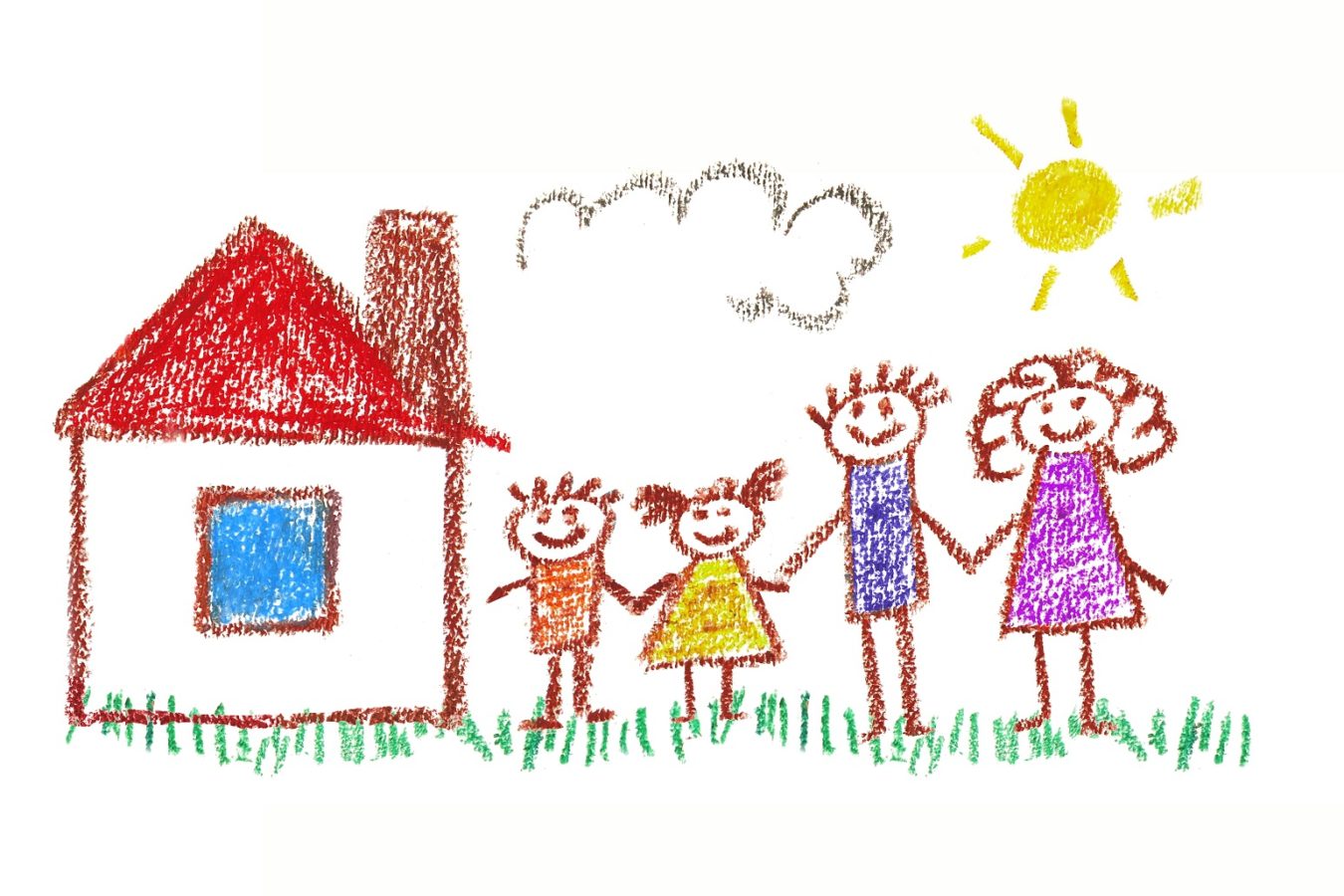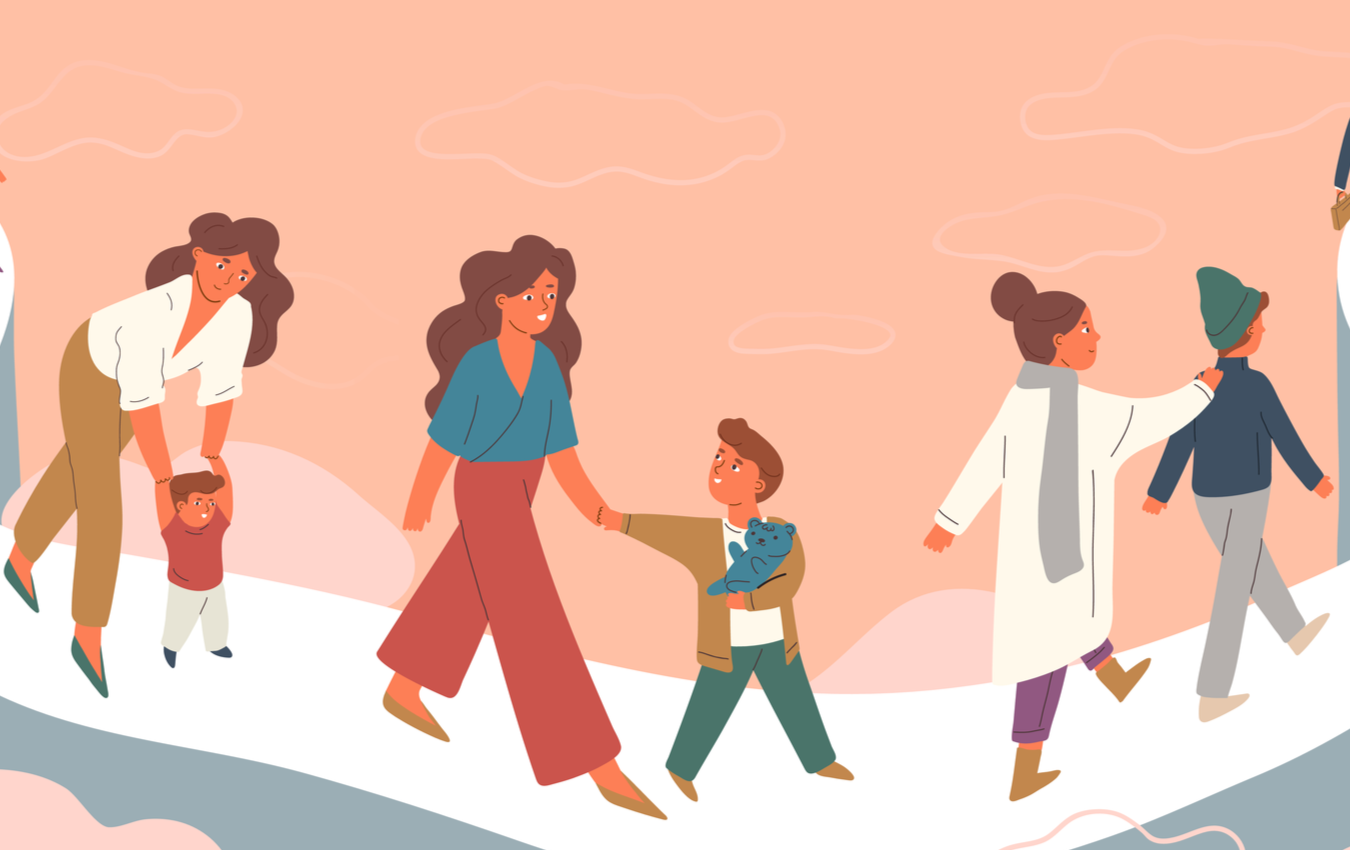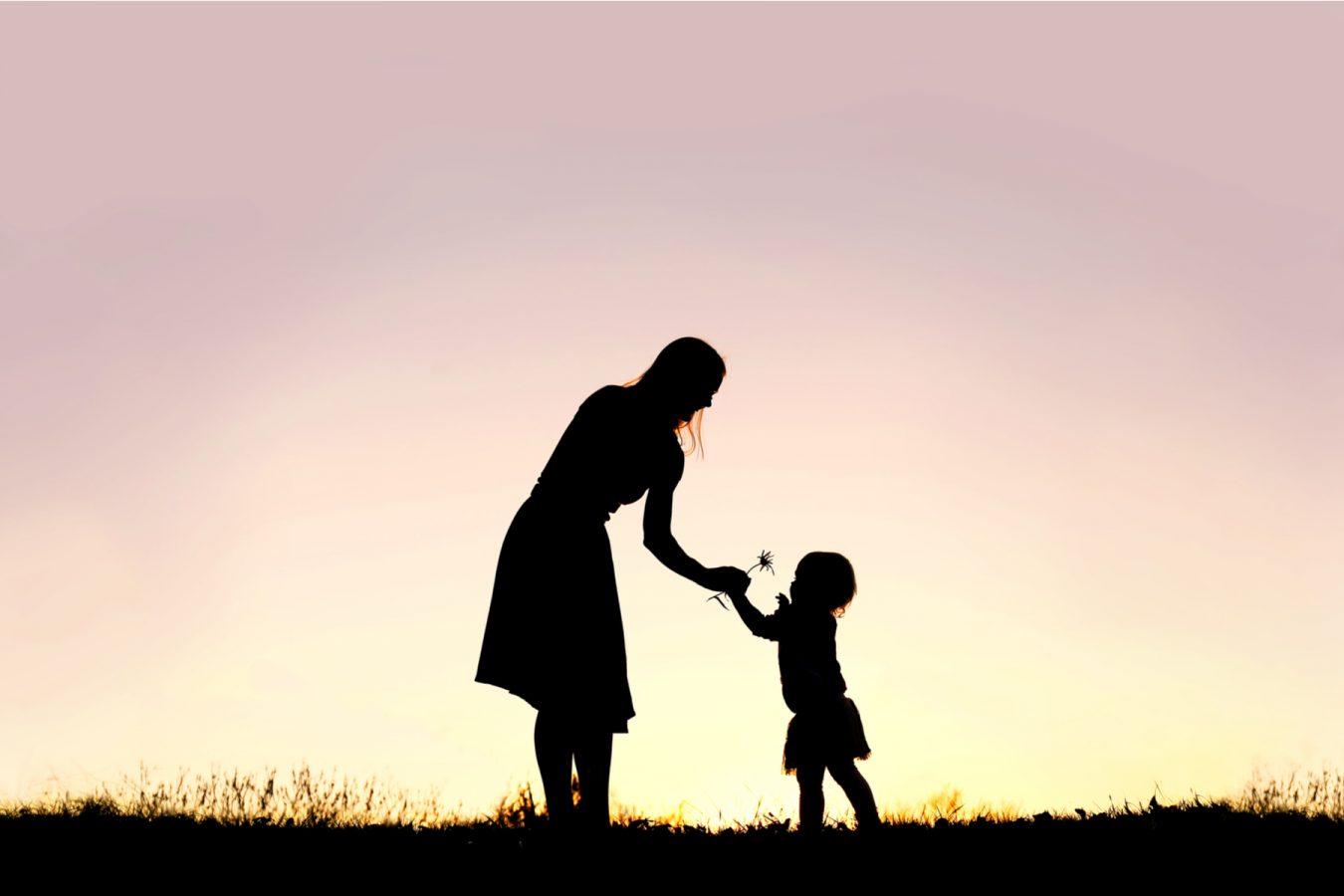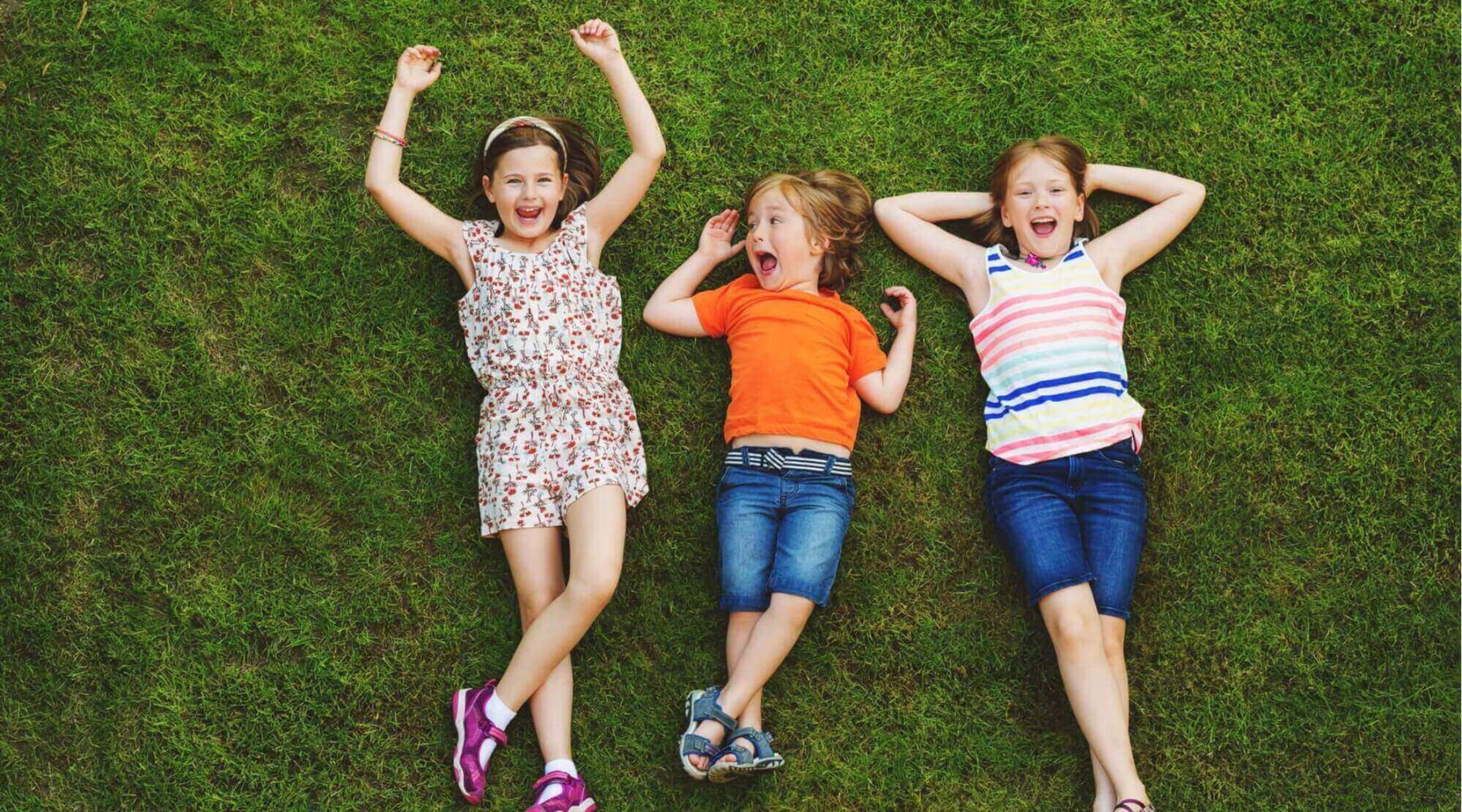
How does family birth order shape who you are? In his updated book, leading parenting educator Michael Grose explores the power of birth order. He speaks with Shane Green.
Michael Grose, one of Australia’s leading parenting educators, regularly encounters parents struggling to work out why their two children are so completely different.
They will share many things in common, the result of genetics and the ‘family frame’ – the values and atmosphere of the family they have absorbed.
But then there are the perplexing differences.
‘Many parents become flummoxed because they look at their kids and they think, “Gee, two kids of the same gender, two years apart, same parenting, same school experience, yet they’re chalk and cheese. What’s gone wrong?”’ says Michael.
Actually nothing, as Michael explains. It’s about their birth order, their position in the family. ‘Each child is born into a different position and that has an impact,’ he says. ‘And of course, that impacts their development in the early years and into secondary school, and also leaves an imprint later on in life.’
The fascinating world of birth order theory is explored by Michael in an updated version of Why First-borns Rule the World and why Later-borns Want to Change It.
As Michael explains in the book, birth order is a powerful influence on a child’s personality, with the family being the first group to which they belong. The book helps to explain some of your own characteristics and traits, and those of your children.
Most of us have an intuitive sense of the impact of where you come in the family, either your child or yourself. Here, Michael defines some of the common characteristics:
The First-born
The family conservative. Most likely to follow the family path – if their parents are academic, they are also likely to be academic. They tend to value authority and are achievement oriented. Approval is very important to them. As the book title says, they want to rule the world.
The downside is that first-borns live with pressure. They might be prone to anxiety and perfectionism. ‘They put a lot of pressure on themselves, and their parents tend to put a fair bit of pressure on them as well,’ says Michael. ‘And sometimes they don’t mean that. It’s just the fact that when you have kids, your hopes and dreams go on the first one.’
The Second or Middle Child
Different from the first-born. Maybe not as responsible. While the first born might be the academic star, the middle child might hang on at school just to keep Mum and Dad off their back. But they might shine in different areas.
They tend to be more flexible, resilient, diplomatic, and more outwards looking, with a strong sense of social justice. Most middle children think they are in the worst position in the family. ‘The middles often get a bad rap, but they tend to be the glue which holds the group together in many ways,’ says Michael.
They are also disappearing, with more Australian parents stopping at two children. This has wider implications – more on this shortly.
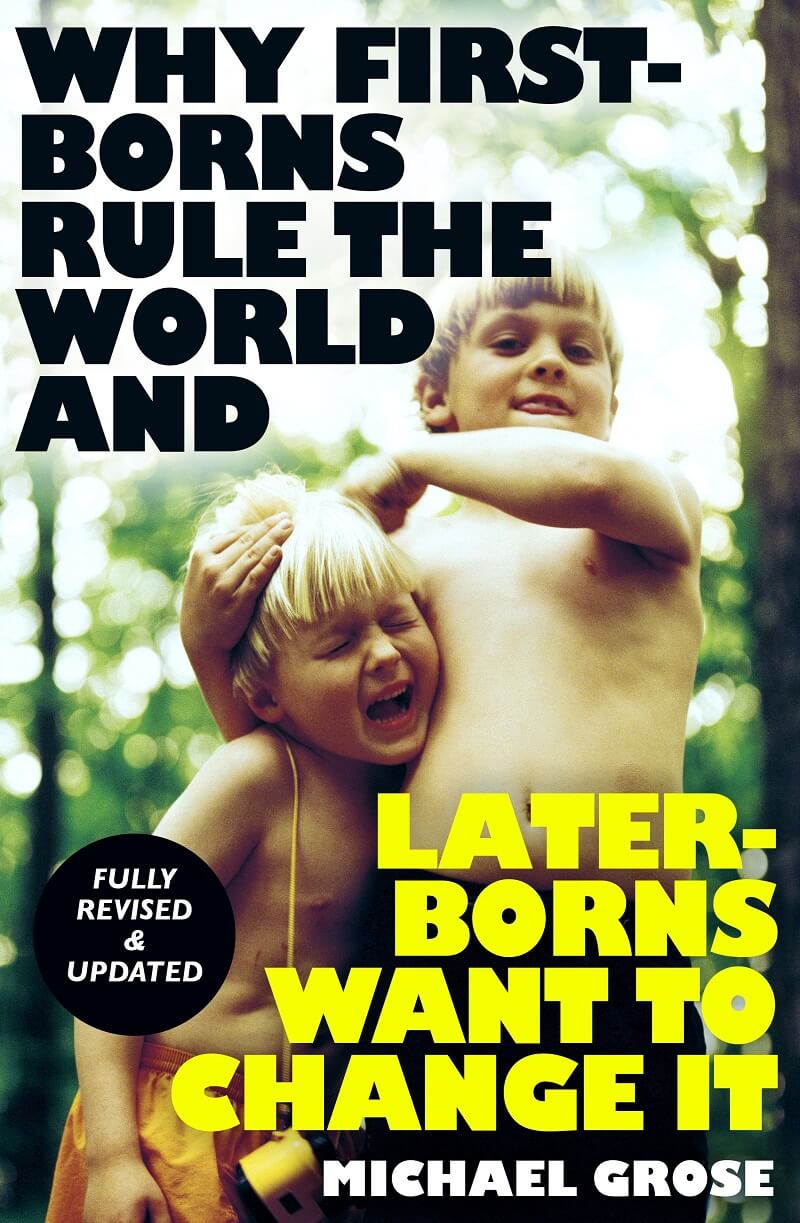
The Youngest
When they arrive in the family, everyone has done something before them. So they tend to be more creative. They don’t use assertion much but are charmers and manipulators. They may be more successful in life than the rest of the family, but often follow a completely different path.
They are risk takers as learners, having a go at different things. They are survivors, and challenge conventions – ‘They often think the rules don’t apply to me,’ says Michael. As the book title suggests, they want to change the world.
The Prince Harry Effect
The book was first published in 2003, but since then the shape of the Australian family has evolved. Over 18 years, families with children have continued to shrink in size. Families of four or more children make up 13 per cent of all families, down from 20 per cent in 2002.
So we are seeing the demise of the middle child. Fewer middle children, says Michael, is a loss to society, with the life skills they bring. For instance, middle children make good diplomats.
This prompted Michael to take a deeper look at the rise of the second and youngest child – what he has dubbed the Prince Harry Effect.
The Royal brothers are a classic example of birth order dynamics in a two-child family.
‘I looked at Prince William and Prince Harry because Prince William is your classic first-born, Prince William’s the heir and poor old Harry’s the spare,’ says Michael.
Prince William is the one born to be king, with a life path that has been mapped out.
Prince Harry, however, was born into a position of few responsibilities. He has taken a dramatically different approach to life, demonstrating the traits of a middle child and a youngest child.
‘As we all know, he’s taken an American wife and recently he rejected the Royal way and moved over to the United States. And he’s very typical of the second and youngest, where it’s the second and youngest who is a potent change agent.’
Like this post? Please share using the buttons on this page.
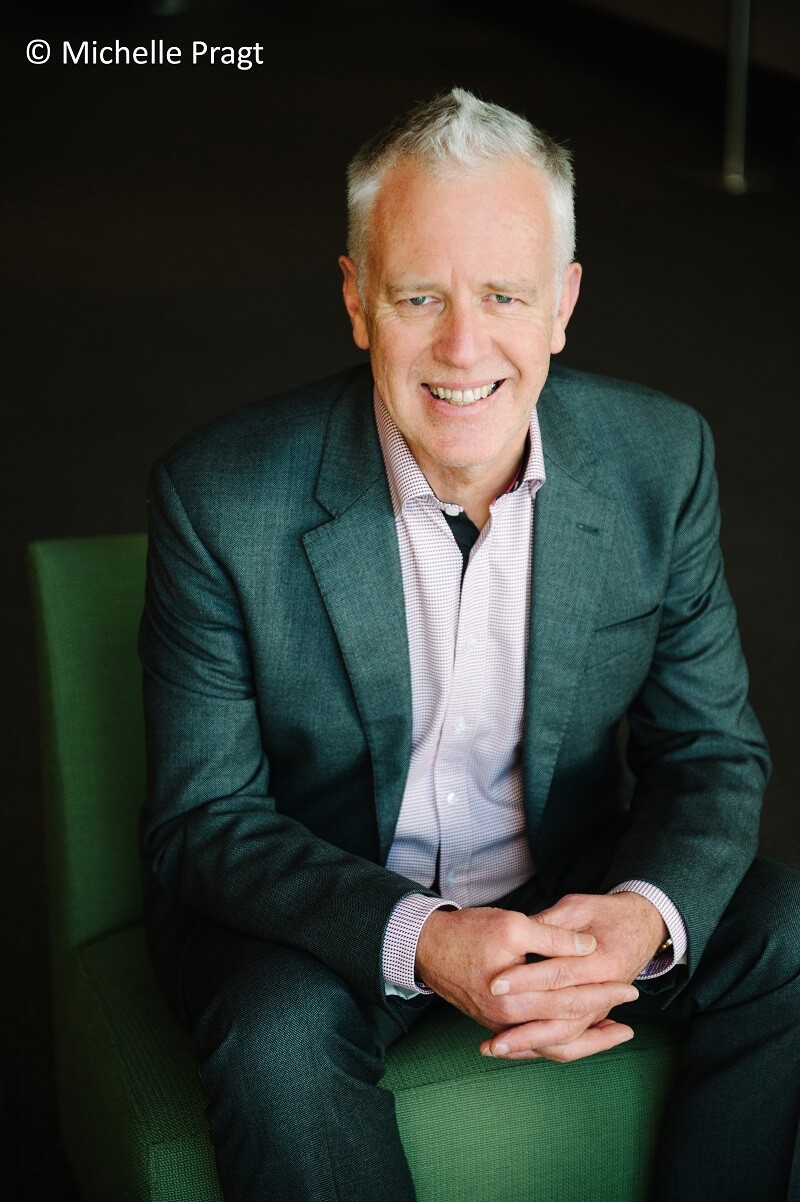
About Michael Grose
Michael Grose, founder of Parenting Ideas, is one of Australia’s leading parenting educators.
Why First-borns Rule the World and why Later-borns Want to Change It is published by Penguin Random House Australia, RRP: $34.99.
Michael’s other books include the Spoonfed Generation, and Anxious Kids, was co-authored with Dr Jodi Richardson.
